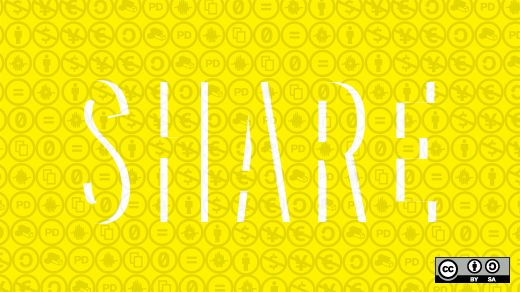As the user base of open source software continues to grow, developers have the responsibility of making their software accessible to all potential users, including people with disabilities. While programs designed specifically to provide accessibility exist in the development sphere of open source software, most applications have little to no native accessibility support.
A definitive step forward in improving the convenience of open source software is to consider a wider variety of input and output peripherals available to potential users. While developing a program for use with a mouse, keyboard, and computer monitor is an obvious standard, user experience designers need to look at less conventional methods of hardware interaction. Designing an application with the intent of the user employing a screen reader requires an entirely different development procedure and focus.
In Remote usability evaluations with disabled people, Helen Petrie reasons that many developers have little experience with peripherals employed by those who are disabled, and thus do not have a theoretical framework available to assist in developing for such technology. However, with exposure to assistive technologies, it is possible for designers to be more inclusive and aware of issues with the relative technology.
In Reframing accessibility for the web, Anne Gibson suggests software developers and quality assurance teams use a test matrix pertaining to numerous input and output peripherals to help regulate accessibility testing. There are numerous procedures that allow for this.
For example, the guidelines and standards for a quality assurance team's design review can be modified to more broadly encompass accessibility issues. In doing so, usability testing becomes an aspect of ordinary testing practices, which results in consistent scrutiny for accessibility issues (as well as normalizing concepts around computer and web accessibility) at the cost of potentially inhibiting the speed of the overall development.
Another prospective (and less time consuming) approach to testing assistive software is to utilize automated accessibility checking tools. While this reduces pressure on team members to spend excessive time in the testing phase, complications also affect this method of testing.
This approach marginalizes the importance of making familiar and understanding computer accessibility concerns, and also reduces effectiveness of the testing process considerably. In The evaluation of accessibility, usability and user experience, Nigel Bevan writes, "Although [automated accessibility checking tools] are useful for screening for basic problems, they only test a very limited scope of usability issues."
A core tenet of the free software movement is to enable every computer user to cooperate and contribute as equals. Improving the accessibility standards at which open source software is developed not only progresses the fundamental concepts behind this philosophy, it further legitimizes open source developers’ place in the software development community.
Providing users with accessibility options widens the potential audience of the software, and should exist as a common practice in all software design and production.







15 Comments